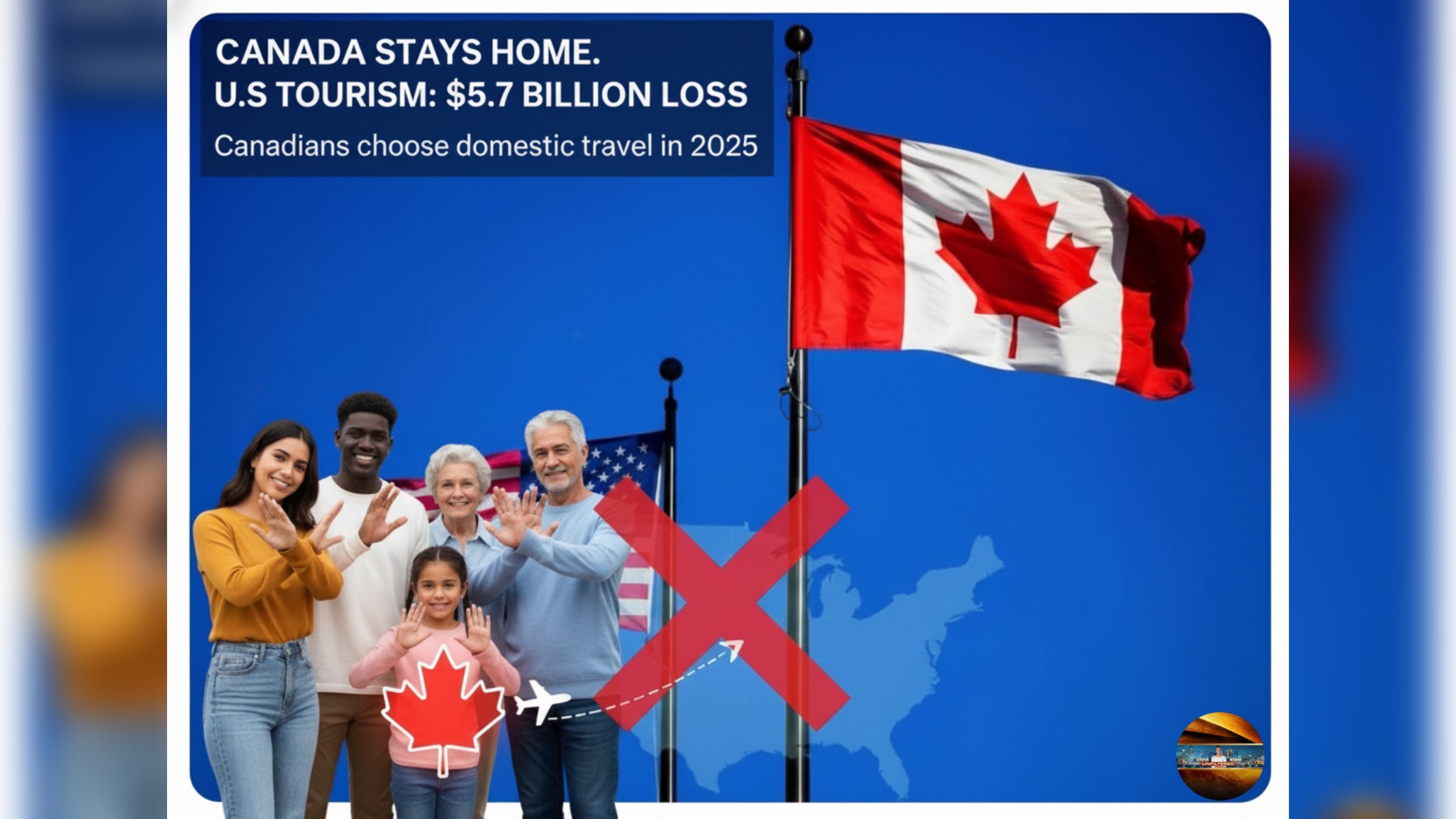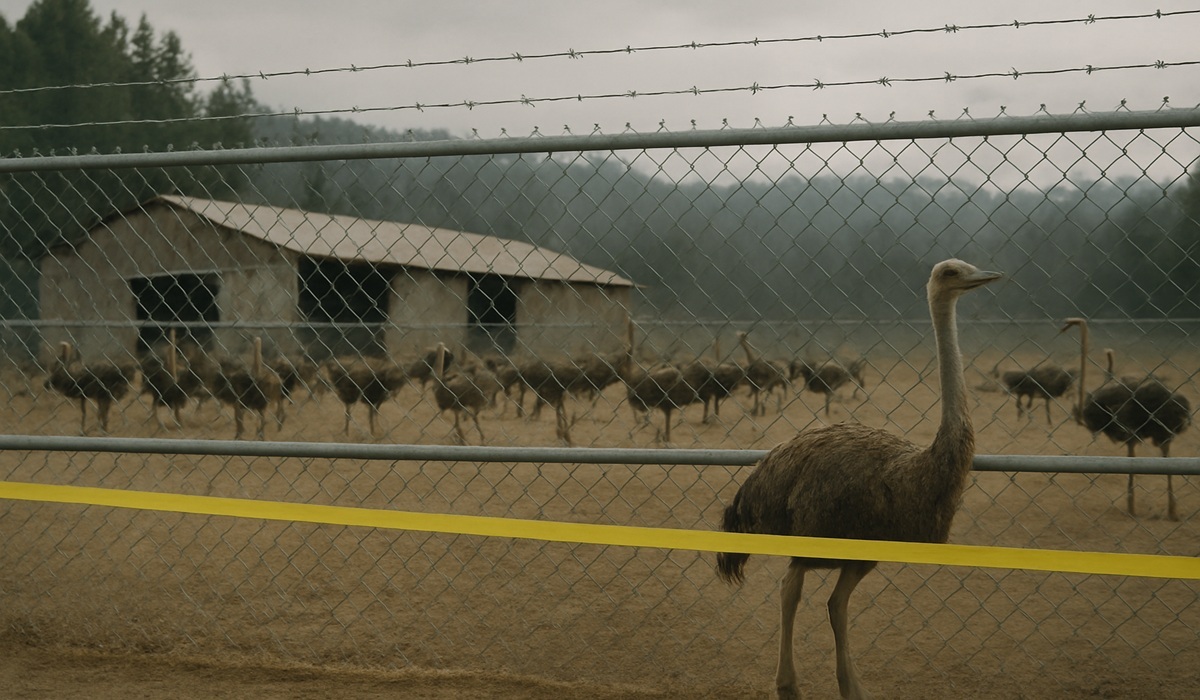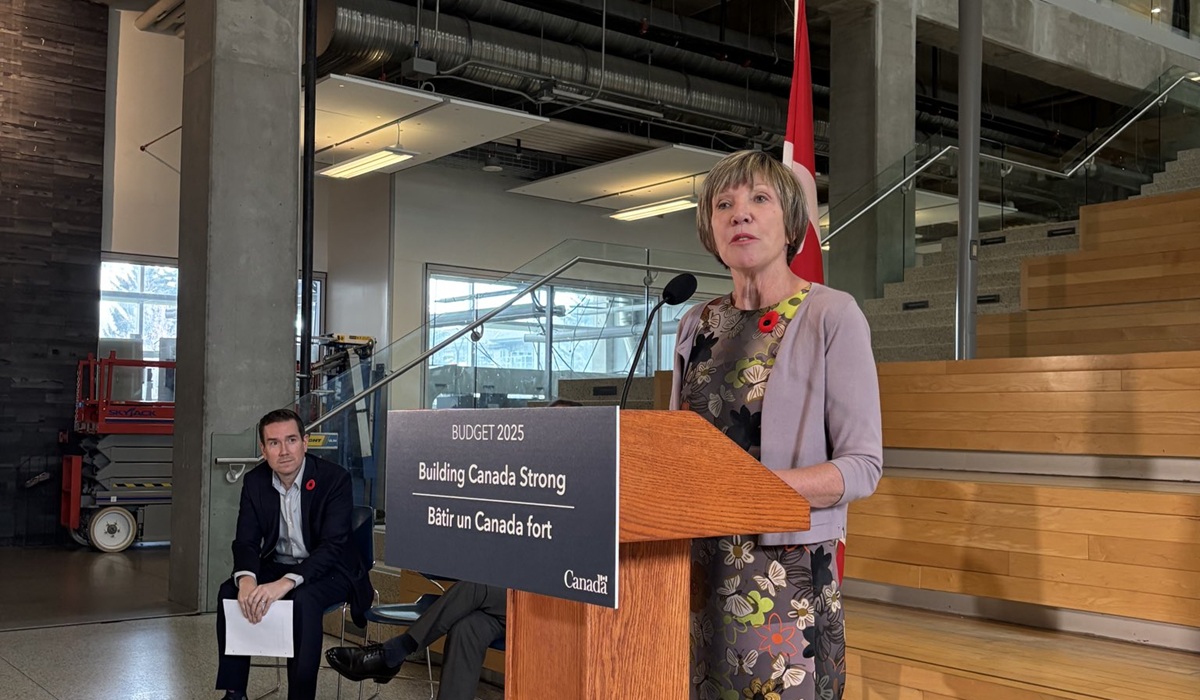Image Credit, Sammy Sanders
Canada is facing one of its most punishing wildfire seasons in modern history, with flames consuming more than 7.3 million hectares of land by early August. This staggering figure makes 2025 the nation’s second-worst season on record, surpassed only by the devastating blazes of 2023. What began in the spring as scattered fires across Manitoba, Saskatchewan, and Ontario has evolved into a sprawling, nationwide crisis.
The Prairies have endured the most severe destruction, with Manitoba and Saskatchewan together accounting for well over half of the scorched landscape. Massive fires have torn through forests, farmland, and communities, forcing tens of thousands of residents to evacuate. Some, like those in Lac du Bonnet, faced the unimaginable tragedy of losing loved ones to the advancing flames. Entire towns have been surrounded, cut off by walls of heat and smoke, leaving only narrow windows for emergency crews to escort residents to safety.
The Atlantic provinces, usually spared from the worst, have found themselves in the line of fire. In New Brunswick, several large blazes continue to burn out of control, including one near Miramichi that has expanded to hundreds of hectares. On the Pacific coast, Vancouver Island’s Wesley Ridge fire—once threatening communities and forcing urgent evacuations—has been brought under partial control, though officials warn that the situation could quickly reverse if winds shift or temperatures rise.
Across the country, hundreds of fires remain active, many in remote regions unreachable by traditional firefighting methods. The Canadian military, provincial fire agencies, and international crews have all been deployed in a massive coordinated response. Water bombers slice through the skies, while ground teams battle dangerous conditions in heat and smoke so thick that visibility drops to just a few meters.
The smoke itself has become a crisis. Plumes from the fires have drifted across much of North America, triggering hazardous air quality alerts in Canadian cities and far into the United States. In some cases, the haze has been so widespread that it has traveled across the Atlantic, dimming skies in parts of Europe. For millions of people, the danger now comes not only from the flames but from the toxic air filling their lungs.
One of the season’s most unsettling developments has been the persistence of so-called “zombie fires.” These are blazes that smolder underground through the winter, only to reignite when warm weather returns. This year, they have been reported in several provinces, reigniting in peat-rich soils and adding new fuel to an already overwhelming fire season.
By mid-summer, more than 4,200 individual wildfires had been recorded since May. The destruction includes not only vast natural areas but also homes, businesses, and critical infrastructure. The human toll continues to grow, with tens of thousands displaced, hundreds of structures lost, and lives forever changed.
Scientists warn that climate change is amplifying every factor behind these fires. Longer, hotter summers are drying out forests earlier in the season, while drought conditions create a tinderbox landscape ready to ignite. When sparks fly—whether from lightning or human activity—the result is no longer a manageable wildfire but a fast-moving inferno.
For Canada, the 2025 wildfire season is a sobering signal of the future. Fire is no longer just a seasonal hazard—it is becoming a defining feature of the national landscape. Communities, governments, and emergency services are now confronted with the urgent task of adapting to this new reality, where the line between summer and fire season has all but disappeared.









